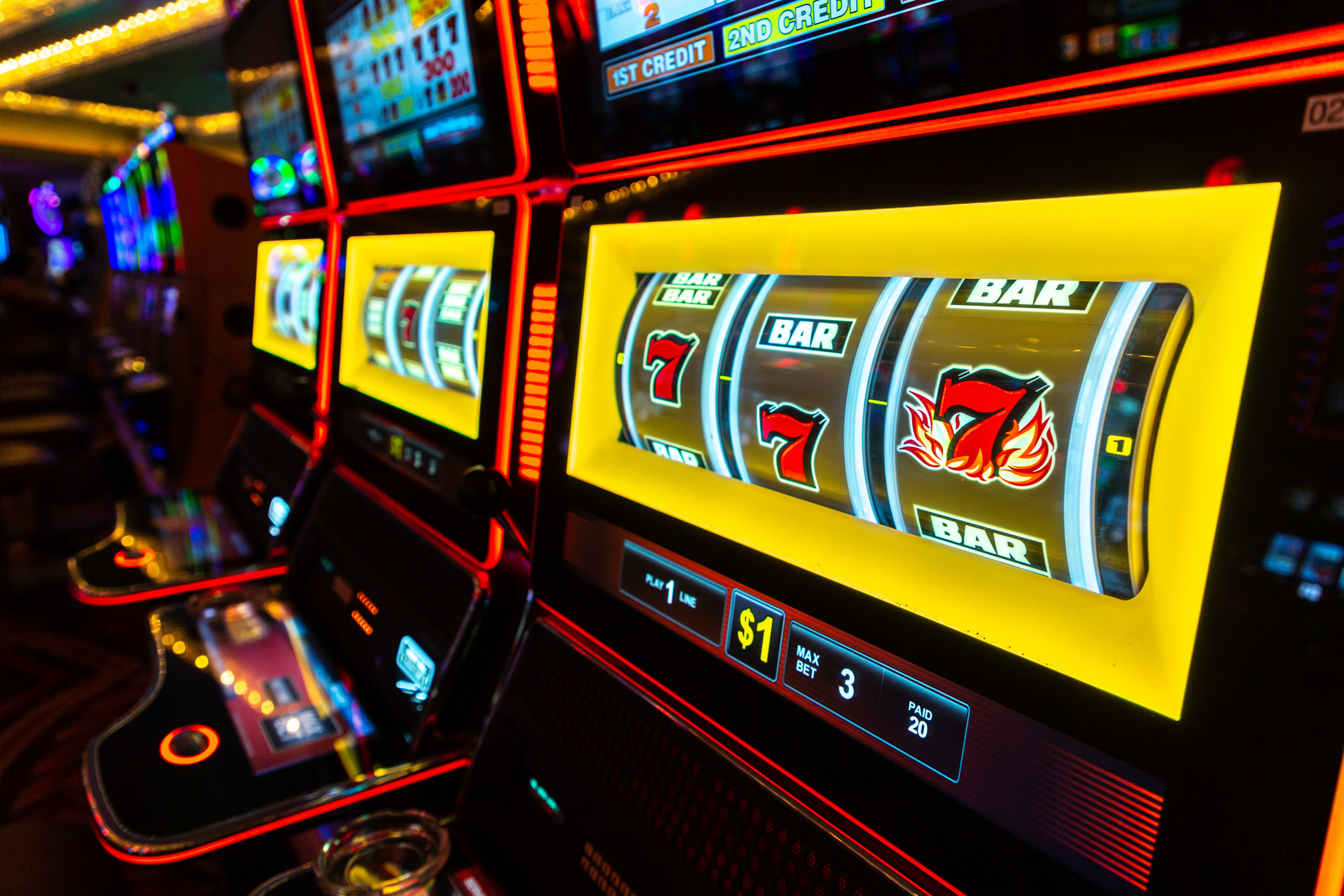The Basics of Playing Online Slots

A slot machine is a mechanical machine that uses a reel to spin. It is activated by pressing a button. Symbols are then arranged on the reels and credits are awarded if symbols match on a pay line. The odds of winning vary depending on the machine.
Slot machines are highly regulated by the state governments in the United States. Some states have stricter restrictions on where and how they can be placed. In New Jersey, slot machines are only permitted in Atlantic City hotels and horse tracks. Others, like Louisiana, only allow casino-style gambling on permanently anchored barges. Similarly, Indiana allows slot machines in riverboats only. And in Nevada, there are no restrictions on private ownership of slot machines.
Slots are usually based on a theme. Each game has its own unique twist. There are a variety of bonus features that are often aligned with the theme. For example, a bonus feature might include a symbol that has several other symbols that can be used for many other payouts.
Unlike other casino games, a slot is not played against a person. As a result, it is easy for a slot to become very addictive. Psychologists have discovered a link between video slot machines and gambling addiction.
One of the first electromechanical slot machines was manufactured in 1940 by Bally. Another manufacturer, the Mills Novelty Co., developed a mechanical game that was based on a similar concept. However, its side lever became vestigial. When tampered with, it would break the circuit.
Several slot manufacturers have since incorporated electronics into their products. These companies offer more sophisticated video graphics and bonus rounds. They also allow players to interact with the machine. Many of these companies have developed advanced strategies to ensure the maximum return to the player.
During the 1980s, slot machine manufacturers began to incorporate electronic components. These machines were referred to as “electronic slots.” Unlike their predecessors, these machines were programmed to weight the symbols. This meant that the odds of losing a symbol increased significantly. Consequently, the amount of money that the player could win became disproportionate to the frequency of the physical reel.
Modern slot machines do not use tilt switches. Instead, they assign different probabilities to each of the symbols. Those probabilities are critical to determining whether the game is fair. Typically, each payout has a probability of zero, except for the largest.
Several casinos have a demo slot for you to play before you commit. This demo slot has a small jackpot that you can try. If you win, you can enter the bonus mode to continue playing. Depending on the rules, you can earn as much as 15 coins continuously until the bonus mode ends.
The most popular slot is the Habanero slot. The company specializes in designing modern pengembangan, or gambling products, and has a wide range of slot games. Their products are available in more than 30 languages. NuxGame offers casino software, virtual betting solutions, and a live dealer solution.